Periodontal Therapy – Louisville, KY
Save Your Smile with Periodontal Therapy
Did you know there is another threat to your oral health other than tooth decay? Periodontal (gum) disease is a preventable infection that can lead to tooth loss and health complications if it is not treated quickly. To restore your gum health, we provide complete periodontal therapy in Louisville. At Bell Dental, we will save your smile and protect your health with a treatment plan right for you.
What is Periodontal Disease?
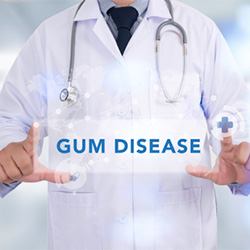
Periodontal disease is an infection that occurs in the gum tissue from bacteria found in tartar accumulations. Although it is preventable, the Centers for Disease Control and Prevention estimates at least 50% of adults have a form of it. Often, it is the result of poor oral hygiene habits that leave plaque buildup on the teeth, causing it to harden and turn to tartar.
The early stage of the infection, known as gingivitis can be treated quickly without causing any long-term damage to your oral health. If it is not resolved quickly, the infection progresses and destroys the supporting structures of your teeth. Over time this can lead to tooth loss. The bacteria can also enter your bloodstream, increasing the risk of serious health issues, like cardiovascular disease and Alzheimer’s disease.
Treating Periodontal Disease
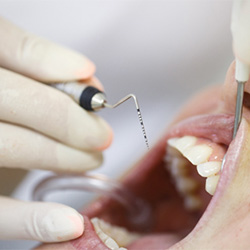
Bell Dental offers treatment for gum disease in Louisville. After an initial consultation, we create a customized treatment plan that meets your needs. Your treatment may include one or more of the following:
Antibiotic Therapy
Antibiotics can be used to kill the bacteria to stop the spread of the infection. We determine which medication best meets your needs to help restore your gum health.
Laser Gum Treatment
A laser is used to target diseased tissue to kill bacteria while also reshaping the gum line. When compared to methods used in the past, the laser is less invasive and provides more accurate results. It cauterizes and sterilizes as it cuts to promote a faster recovery process. It allows your gum tissue to regenerate to reinstate a healthy smile.
Scaling & Root Planing
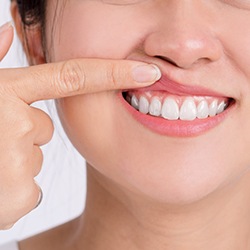
When caught early, we can often put a stop to it with a type of deep cleaning called “scaling and root planing.” After removing the bacterial-filled tartar from your gumline and beneath your gumline, we will smooth down the roots of the teeth to allow the area to heal. Here’s an in-depth look of scaling and root planing and how it works.
Do You Need Scaling & Root Planing?
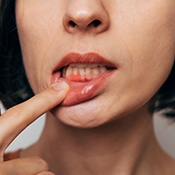
To determine whether scaling and root planing is ideal for you, we will complete an examination of your mouth. X-rays will also be captured to collect as much information as possible. Depending on the current condition of your gums, the depth of your gum pockets, and the progression of the infection, we may recommend scaling and root planing.
The Process of Scaling & Root Planing
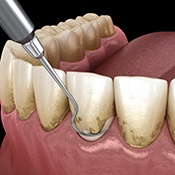
The scaling and root planing process is usually completed in two separate visits to the dental office. To remove plaque and tartar, we start by scaling the teeth with dental tools. We will target the gumline and beneath where the bacteria build up.
After the scaling portion is complete, we will move onto the root planing. This is when we smooth down sections of the teeth beneath the gumline. This helps the gums to adhere to the teeth, speeding up the healing process and making it more difficult for bacteria to build up again. This process reduces the risk of developing gum disease in the future.
Aftercare Tips for Scaling & Root Planing

It is normal for the gums to feel tender after scaling and root planing. The gums may also be a little bit inflamed. This temporary and should go away within a couple of weeks. Here are some tips to help the healing process go quickly and smoothly.
- Brush your teeth twice a day with a soft bristled toothbrush and fluoridated toothpaste.
- Rinse your mouth with saltwater after meals.
- Floss every day.
- Stick to a soft diet following your treatment.
- Avoid foods and beverages that are spicy, acidic, or hot.
- Refrain from intense physical activity until the area heals.
Preventing Gum Disease
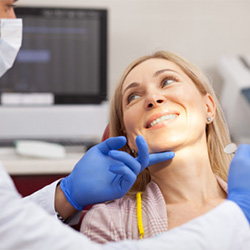
To prevent periodontal disease from reoccurring, it is best to brush your teeth twice a day for at least two minutes using a soft-bristled toothbrush and fluoride toothpaste. Take the time to carefully floss in between each tooth to remove any plaque left behind by your toothbrush. We may also recommend the use of an antibacterial mouthrinse to help combat harmful bacteria. Besides home care, we may recommend more frequent cleanings and checkups to monitor your gum health.
Save Your Smile with Periodontal Therapy
At the first sign of gum disease, do not wait to contact our office. We will save your smile and protect your general health with a treatment plan that is right for you. Contact our office today to schedule an appointment.
